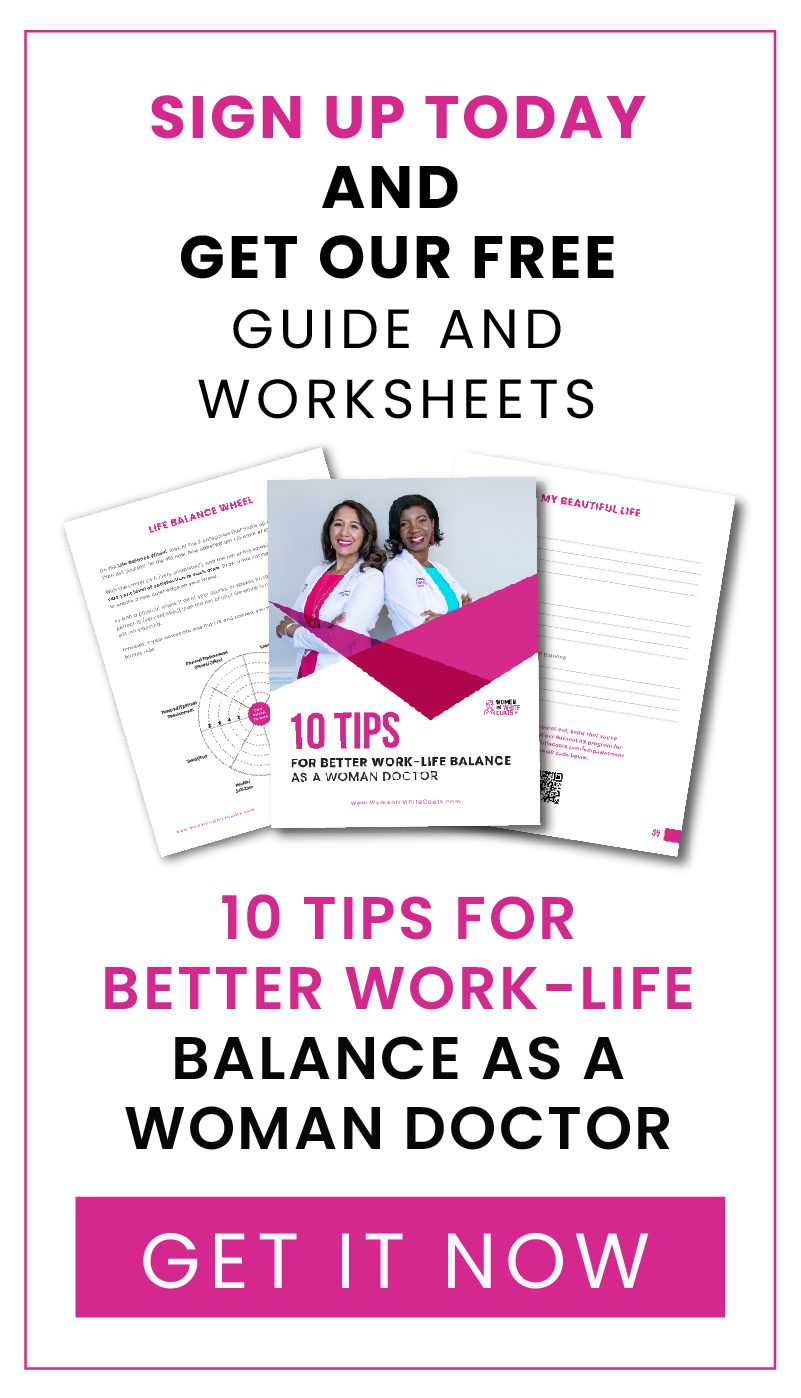Do you feel like you are putting this conversation off? Don’t know how to get started? Are you dreading it? Well, your kids are dreading it, too, depending on their ages. My patients often ask me about introducing this topic and how awkward they think it might be. I have good news for you. It does not have to be uncomfortable or difficult.
Presenting this information little by little, around ages eight to ten, is a great way to get started. I frequently recommend the book It’s Not the Stork as a way to get the conversation started. It is available on Amazon and is an easy-to-read large picture book that presents the information in a very straight-forward manner. I read it with each of my children at different ages. My daughter, Elsa, was curious at a young age and loved hearing about delivering babies, seeing surgical pictures, and rounding with me at the hospital (before COVID restrictions). At four years old, she was ready to have all the information, so we read It’s Not the Stork together.
Things that I thought would stand out, like the passage on intercourse, did not provoke questions. At that age, she was most interested in the egg meeting the sperm and seeing how the baby grew. She also liked to see the side-by-side pictures of a boy and girl comparing all the things that are alike and a couple of different things. Learning the body parts by their anatomic names is very important. I am very proud that she knows the difference between her vagina, vulva, clitoris, urethra, and anus. I have encountered grown women who didn’t know there were three holes “down there” and call the female genitalia their “pocketbook” or “cootie cat.” Come on, ladies. I digress.
My point is that the earlier you allow the conversation to open, the less awkward it is. A four-year-old girl doesn’t think her body is embarrassing. She was still happily running around the house naked. Use the everyday activities and experiences to teach about how amazing the body is. And use their questions to open the door to more significant conversations and arm them with the information they should know about how their body works. At age three years, while I was changing my son for bed, he asked me to “rub my penis.” I asked him why he wanted me to do that, and he said, “because it tickles, and it feels good.” So, I told him that he could do that if he wants, but other people do not do that for him. I took that opportunity to say to him that only mommy, daddy, and his doctor should be the ones that see his penis or private parts, and if anyone else asks to see them that he needs to tell a trusted grown-up – teacher, mom, or dad. The everyday act of bedtime opened the door to a crucial conversation.
The dialogue does vary by age a little, but the anatomical terms are the same throughout. For example, when discussing intercourse with a four to seven-year-old, I describe it as a “special hug” and leave it at that. Older children may be ready for a more in-depth description.
By ages eight and nine, it is time to help synthesize all they know and make sure the information is accurate. Have the children read It’s Not the Stork!: A Book About Girls, Boys, Babies, Bodies, Families, and Friends or The Boy’s Body Book: Fourth Edition: Everything You Need to Know for Growing Up YOU!, then discuss it. For tweens, the car is a great place to discuss, so they don’t have to make eye contact. For the younger kids, sitting in a chair together in a quiet area or at bedtime is excellent. Let them know that there are no silly questions and that they can come to you anytime about anything, and you will always give them the truthful, reliable information they need.
Maintaining those communication lines open from an early age will make it easier to have these talks during the tween and teen years when they have more shyness about their bodies.
Jennie Hauschka, MD is a board-certified Obstetrician/Gynecologist in Charlotte, NC. She has been in private practice for ten years and is married with three children.





As a physician, I was completely caught off guard when my OB/GYN (female) asked my if I was planning to deliver “from below.” I didn’t know what she meant asked for clarification, and she said, “ You know, vaginally.” What?!! I guess she was used to talking to her patients this way, but it was weird.
My daughters will attest that I told them too much too early. I was bound and determined that they would hear it from me and not their friend, like I had. I also thought it would be best to hear it from their father and I together. They got the information, but the embarrassment quotient was high for the girls.
I fully endorse the conversations in the car! One long car trip, both daughters, then older teens, started asking more complicated sexual questions. We had a great full-on discussion because there was no eye contact.
Really important message here. Thank you Dr. Hauschka!